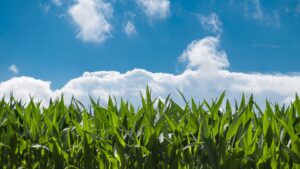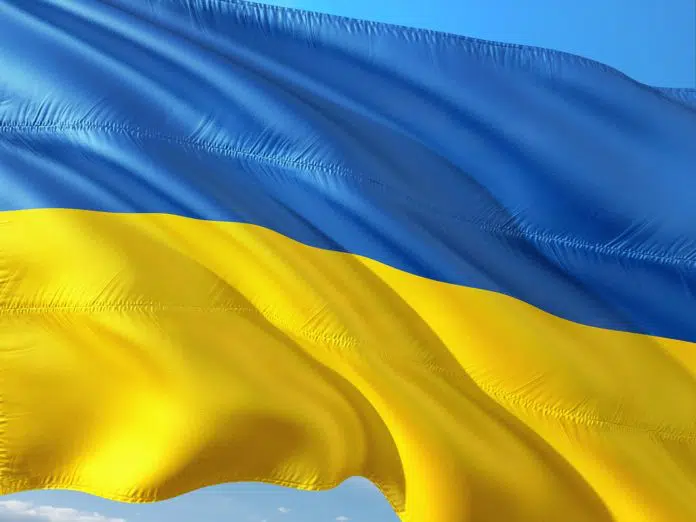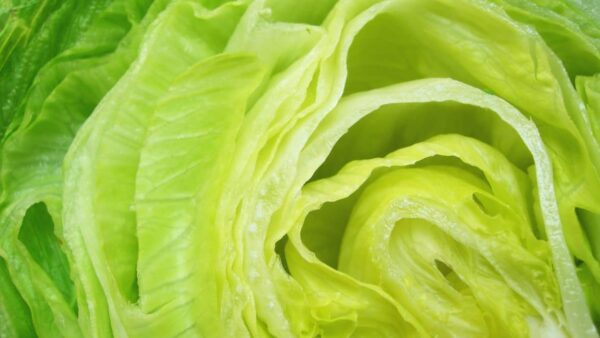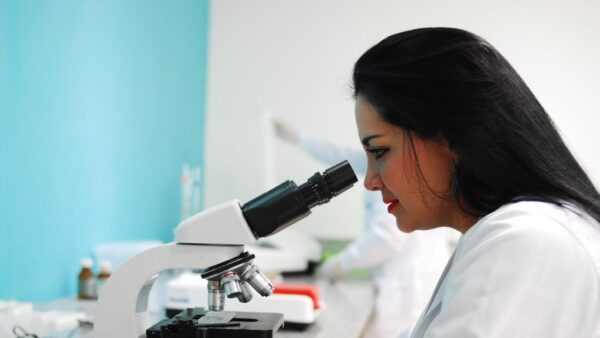With the goal of reducing its dependence on seed imports, the Russian government invests in plant breeding centers.
Russia plans to increase domestic seed production with the aim of reducing its dependence on imports — a volume estimated to be nearly 80 percent of the domestic market — according to senior officials at the Russian Ministry of Agriculture and local analysts in the seed business.
A weak ruble, the byproduct of low energy prices and foreign sanctions related to Russia’s actions in Ukraine,
has made all imports more expensive, including that of seeds. And research in Russia would likely be cheaper than what foreign producers spend developing their products.
The latest data presented by the Russian Ministry of Agriculture shows that in 2017, the Russian seed market reached a value of almost 50 billion rubles ($800 million) and, that is projected to grow another 5 percent to 7 percent.
Most dependent on seed imports are sugar beet growers. An estimated 75 percent of sugar beet seed is imported. According to Russia’s Federal Customs Service, 2018 saw imports of about 3,200 tons of sugar beet seed.
Other segments of the market remain complex. In the case of sunflower seeds, imports in 2018 amounted to 16,800 tons, while corn seed was at 38,700 tons. When we look at vegetable seeds, this figure is estimated at 900 tons.
According to an official spokesman of Dmitry Patrushev, Russia’s Minister of Agriculture, special attention will be given to reduce imports from the United States. The United States is the largest supplier of sunflower seed to Russia.
In 2017, U.S. exports to Russia amounted to almost 10,000 tons on the total sum of $100 million and, according to the Russian Ministry of Agriculture, 2018 supplies are even larger.
Additionally, the majority of vegetable seed imported also comes from the United States. Last year, the volume of vegetable seed surmounted 126 tons, valued at an estimated $20 million.
Stimulating Growth
To curtail and reduce its dependence on seed imports, the Russian government plans to develop its own production. For
this purpose, plant breeding and seed production have recently been included in the existing state program for the development of the Russian agro-industrial complex until 2025.
The program seeks to establish 148 plant breeding centers throughout the country by 2020. Through this investment, the Russian government intends to help farmers increase crop yields by 30 percent to 40 percent and to reduce overall imports.
These plans are welcomed by some leading Russian scientists and experts working in the field of plant breeding.
Viktor Yakushev, who serves as director of the Agrophysical Research Institute within the Russian Academy of Sciences, confirms that seed material for most of Russia’s agricultural crops are primarily purchased abroad.
“In the case of oil-bearing and some industrial crops, the volume of imports of seed material is currently estimated at 50 percent to 70 percent of the market,” Yakushev says. “At the same time, in the case of potatoes, vegetables and greens, these figures are lower … in the range of 40 percent to 50 percent.
“It is important to provide the Russian seed market with varieties and hybrids of domestic selection that are not inferior to … the best imported analogues. For these purposes, it’s necessary to radically change the methodology of [the] entire selection process and create a large-scale center to specialize in these activities.”
The Russian government has already begun preparing for the establishment of the first of its 148 plant breeding centers.
Under the terms of the project, the first new center will be established on the campus of the Agrophysical Research Institute, located in St. Petersburg (a port city on the Baltic Sea). The same region, known for its rich land and technical resources, will see the addition of other research institutes, as well.
According to state plans, the establishment of such a center will help Russia produce its own high-yielding varieties of certain crops, cultivated and adapted to climatic conditions of the region. In addition, the new center will serve as a basis for the production of seeds of elite and super elite grain reproductions, as well as new varieties of potatoes, and fodder crops (rapeseed, ryegrass, herd grass, fescue and clover).
The new plant breeding center will be equipped with a special phytotron complex that will help it deal with a large variety of crops. The complex will provide an opportunity to simulate the climatic conditions of any region of Russia during the growing season.
At full production capacity, the new center should be able to produce 7,000 tons of elite grain seed, 1,200 tons of perennial grasses, 1,900 tons of legumes, 9,000 tons of elite potato tubers and 400 tons of rapeseed.
What’s the price tag on such a project? The investment in this project is expected to be about 2 billion rubles, or $40 million.
According to state plans, this is just the beginning. During the course of the next several years, officials will work to attract foreign investment in this sector of the agricultural industry. Undoubtedly, this will also include an invitation to some of the global players in the seed and plant breeding space. To date, activities from multinational companies in the Russian market have been relatively limited, despite the fact that Russia represents a huge growth opportunity.
Attracting Global Players
Alexander Olson, who heads up Rijk Zwaan in Eastern Europe and CIS (Commonwealth of Independent States), says in the past 50 years, Russia has accumulated great experience in seed selection.
This, he says, is reflected in that the country is home to one of the world’s largest and most unique seed collections located at the Vavilov Institute, also in St. Petersburg. Olson adds that this center remains the world’s most important repository of seed genetic material.
“Despite the existence of such a center, most seed selection programs in Russia closed after the collapse of the USSR,” Olson explains. “Seed selection is a long and complicated process.
“For example, a commercially successful white cabbage hybrid requires about 20 years to create.”
To restore this sector of agriculture in Russia, Olson says large investments and state support are needed.
Rijk Zwaan is one of the largest seed players in the Russian market. According to the company’s own statistics, it annually sells about 2 billion seed units of about 25 vegetable crops in the local market, with plans to increase these
figures in due course.
“At the moment, we do not produce seeds in the country,” Olson says. “But we constantly analyze the opportunities that exist within the market.”
Rijk Zwaan isn‚Äôt the only multinational company with business in Russia. Syngenta also does business there, and has invested more than 1 billion rubles, or $20 million, in the creation of a scientific infrastructure in Russia in the field of seed selection, according to a press officer at Syngenta’s Russia and CIS office.
This research and development station, located in Krasnodar (a city in the southern part of the country), recently received a status of certified international laboratory within the global corporate structure of the company.
In addition to research and development activities, researchers here will work to adapt seed selection technologies operated by the company to Russian conditions.
According to the Ministry of Agriculture’s Patrushev, many of the global seed companies have preferred investments in places such as Africa, Latin America or China, where labor costs are lower and the climate is milder. However, Patrushev says there is the possibility that this situation will change, and Russia will become their other destination of choice.
Enticing Foreign Investment
As part of their development blueprint, the Russian government plans to provide serious benefits to foreign investors who are interested in contributing funds for improved seed selection.
Patrushev adds that priority will be given to those companies that establish seed breeding centers within the country. That could be in the form of tax, customs and other benefits. Additionally, he says the government will place orders to
purchase their products for its needs.












